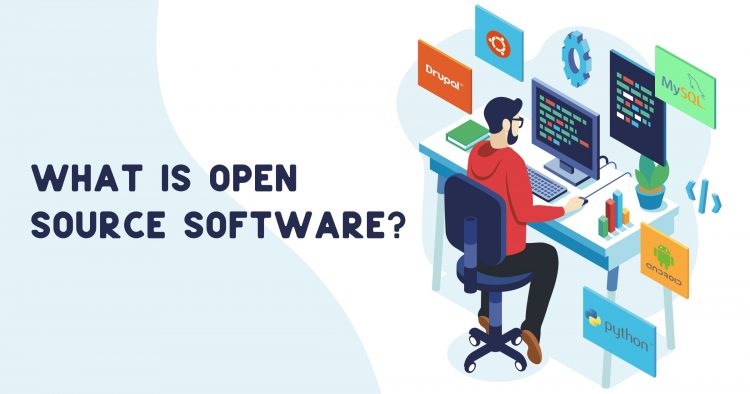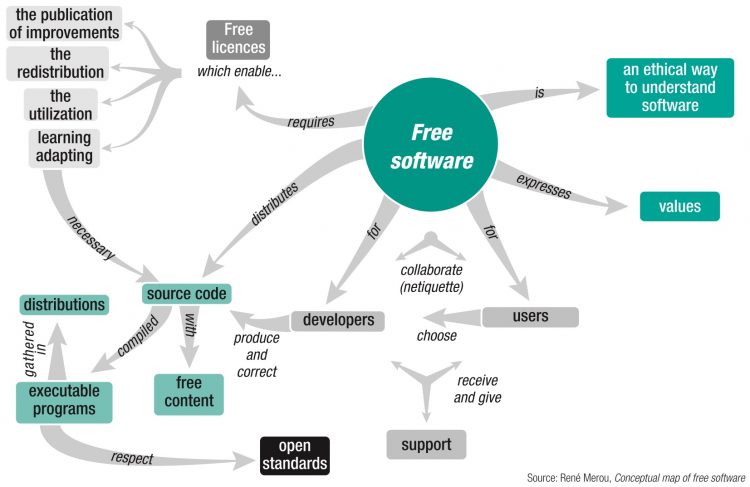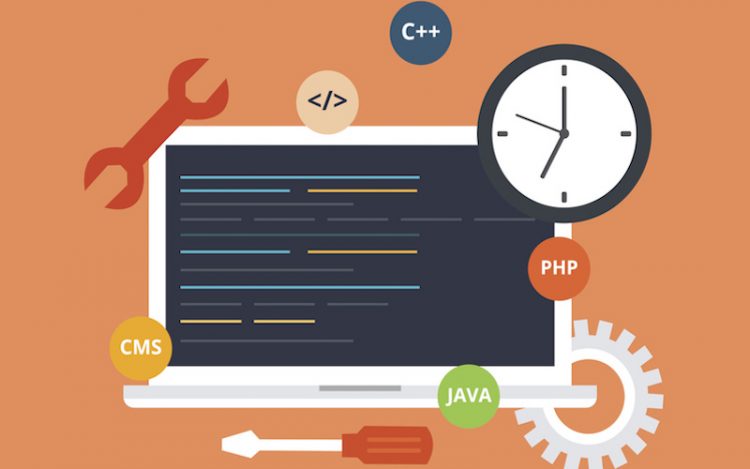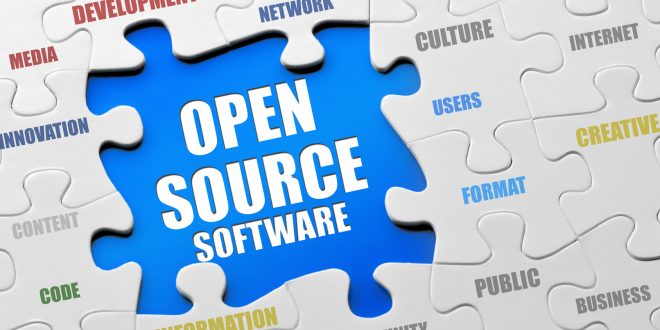Open source is all the rage these days. The term is applied to several innovations, such as textbooks and, of course, bairesdev.
It’s easy to assume that open source simply means “free.” That’s not actually the case. In fact, open-source is much more complex and has numerous implications, both positive and negative.
What Does Open Source Mean?

Open-source software refers to source code originally created by an engineer or team that has been licensed for public use. That means that anyone can access it and make changes to it as they see fit. However, in many cases, the original owner of the code must review and approve the changes before they are implemented. Often, the project and owners are protected by a Creative Commons license, which grants permission to alter the code.
Open source projects are typically housed in code-hosting facilities. GitHub is one of the most widely recognized of these repositories, although others exist as well.
Adopting open-source software in any company can be beneficial but it also has its drawbacks. Understanding them is the best way to ensure you’re making the right choice. Let’s dive into the pros and cons of open source applications.
Pros

1. It’s Cost-Effective
Open-source software is usually, although not always, free to download and use. Even if it’s not entirely free, it’s often significantly cheaper than many alternatives. That makes it highly cost-effective for businesses and individuals alike. It also means you can experiment with different options before committing to one.
Bear in mind that, as it happens with commercial software, you will need to pay to customize and manage open-source software. It’s important to weigh the costs associated with maintenance and support against commercial licensing fees.
2. It Allows Experts to Test Out and Flex Their Skills
For software developers, one of the most appealing aspects of open source projects is that they allow them to show off their skills. Project owners are recognized for their work in this arena — while few people know the names behind commercial giants.
Plus, there’s the fact that opening the code up to the general public often makes it higher quality than it would be otherwise. While there’s always the “too many cooks spoil the broth” risk, in many cases, getting input from others improves the product rather than detracts from it.
3. You Have Access to Community Support
Developers who download and use open source code also have access to a community of support that also uses and wants to improve the software. Novice and seasoned developers alike are often eager to share their skills and ideas, assist with troubleshooting, and generally support others with the software.
4. It’s continuously Being Improved

Because open-source software is essentially crowd-sourced, as other developers identify room for improvements, they can and will implement them. Unlike commercial software that is released by major tech companies, open-source software doesn’t usually require brand-new releases with intricate updates that require extensive time and memory to be downloaded and installed by users. The process is much simpler.
5. Integrated Management
Open-source software leverages technologies like CIM (common information model) and WBEM (web-based enterprise management). These technologies play a crucial role in combining and integrating server applications. Apart from that, these technologies also help in workstation management as the integration would ensure successful administration.
6. Consolidation And Scaling
Open-source software is easily scalable. There are loads of options such as load balancing and clustering. Also, there are quite a few open-source applications such as databases and email. These options will help you scale up the process within the organization and consolidate several work processes.
7. High-Quality Software
The source code in open-source software is quite uniquely designed. Quite naturally, they are used quite nicely in coding. If you wish to use the software for your enterprise, then they will definitely be the right fit. The software is of high quality which is another great benefit for users.
Cons

1. Security Is Not Guaranteed
One of the biggest concerns with open source software is the fact that it does come with cybersecurity risk. The entire premise is that anyone can contribute to the code, and improvements aren’t necessarily always positive — someone could also introduce malicious code into the project. Depending on the repository, the owner will often need to approve the code, but there’s no guarantee that something might not slip through the cracks.
2. Bugs Are Sometimes Present

In contrast to commercial software, open-source software doesn’t need to be carefully tested and vetted prior to its release. This means there’s also no guarantee the code isn’t buggy. Plus, given how anyone can contribute to the project, other developers — skilled or unskilled — could also introduce defective code.
3. It Often Needs Tweaking or Customizing
Even if you don’t need fancy add-ons, open-source software isn’t something someone without software development skills can simply install and use. It requires the expertise of an experienced engineer to implement. Moreover, it will almost always need customization to meet the needs of the user and business and fit in with their other systems and software. This can also drive up the cost since you’ll usually need to pay an expert to customize it.
4. It’s Not Necessarily Permanent
Much like websites and web pages, open-source software isn’t always permanent. A developer could easily delete their code at any given point. While the source code you’ve already downloaded won’t disappear, you’ll be the one tasked with maintaining and updating it, which can be a huge hassle. This is a risk when it comes to selecting the right software — you want something that will stick around.
Open-source software comes with a lot of advantages, but it’s not without its downsides. When it comes to choosing the right tools for you and your business, there are numerous things to consider, not just price. Make sure you understand all the implications before selecting the right product for you.
 Hi Boox Popular Magazine 2024
Hi Boox Popular Magazine 2024



